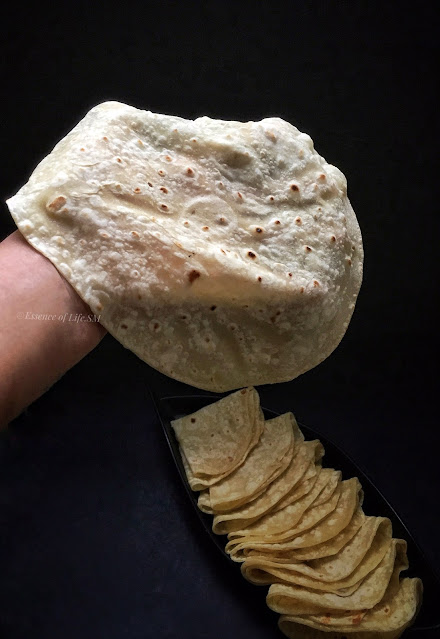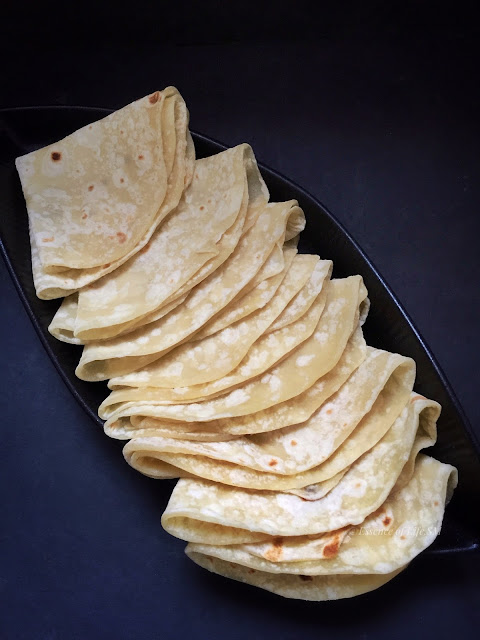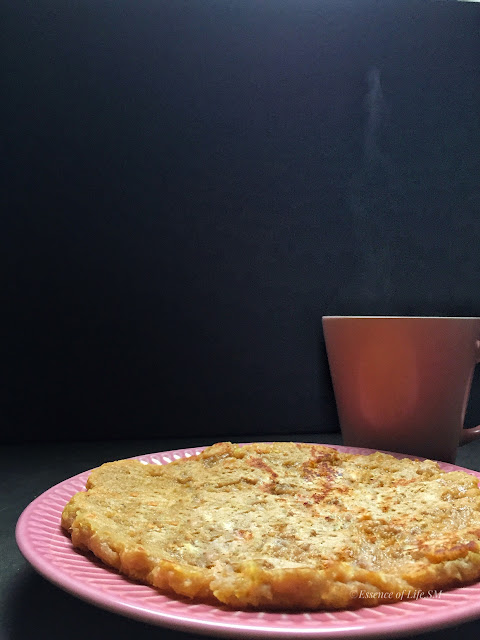Fluffy Maida Chapati- All Purpose Flour Chapati Perfect Maida Chapati Recipe: Thin, Soft, and Delicious Discover one of the most popular recipes on my blog, "Essence of Life - Food." This Maida Chapati recipe is a personal favourite and a hit among guests. Made perfectly thin and soft,...
BEETROOT CHAPATI Beetroot is a Vegetable with the contradictory notion, some like it and some don't. Some wince ...
June 25, 2021
No comments
CHAPATI If there is a food taken for granted, then Chapati(Roti) & Rice comes on the top of the list. I have ...
February 01, 2018
No comments
Comforting Spoonful of Chapati and MilkLeftover Chapatis with Milk & Sugar – A Simple Comfort Food with a Nostalgic ...
November 12, 2021
No comments
BHINDI/OKRA MASALA I get happy when I have to cook less and when it comes to dishes vetoed by the whole family, I ...
May 21, 2020
No comments
MALAYSIAN STYLE OKRA STIR-FRY Okra/ Lady's finger or Bhindi/Vendakka is one vegetable which is commonly liked at ...
April 28, 2021
No comments
BALL - A QUICK EVENING SNACK All these years, I was pondering through the web to find a similar dish in vain. So I ...
March 27, 2021
No comments
BIRIYANIBIRIYANI & PULAOCHRISTMAS PARTY MENUINDIAN RECIPESMUTTONPARTY IDEASPARTY MENUREGIONAL DELICACIESRICE DISHESRICE VARIETIES
AMBUR / VANIYAMBADI MUTTON BIRIYANI
AMBUR/VANIYAMBADI MUTTON BIRIYANI Every Biriyani has its own legend to speak about and Ambur/Vaniyambadi Biriyani ...
July 06, 2017
No comments































